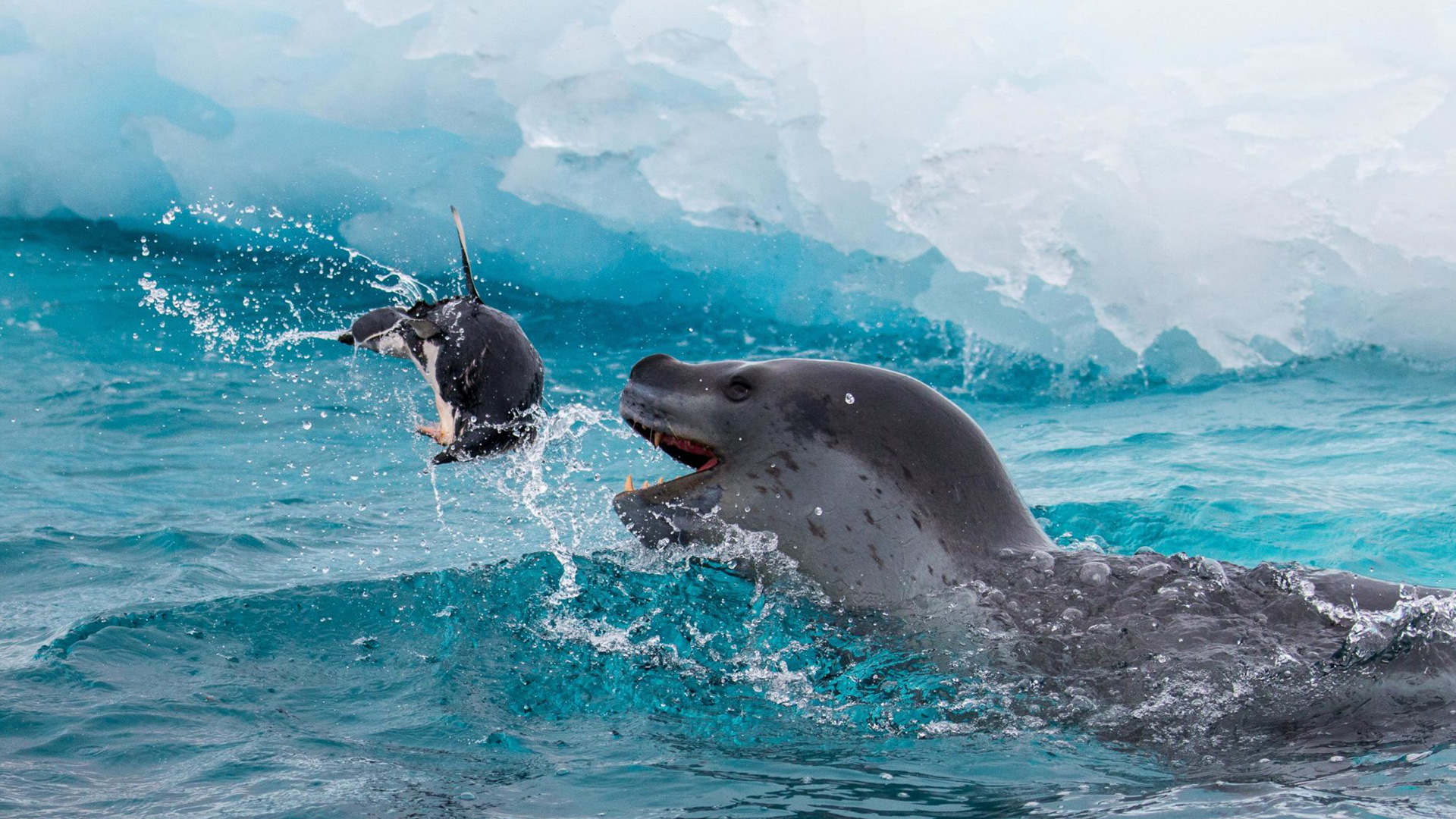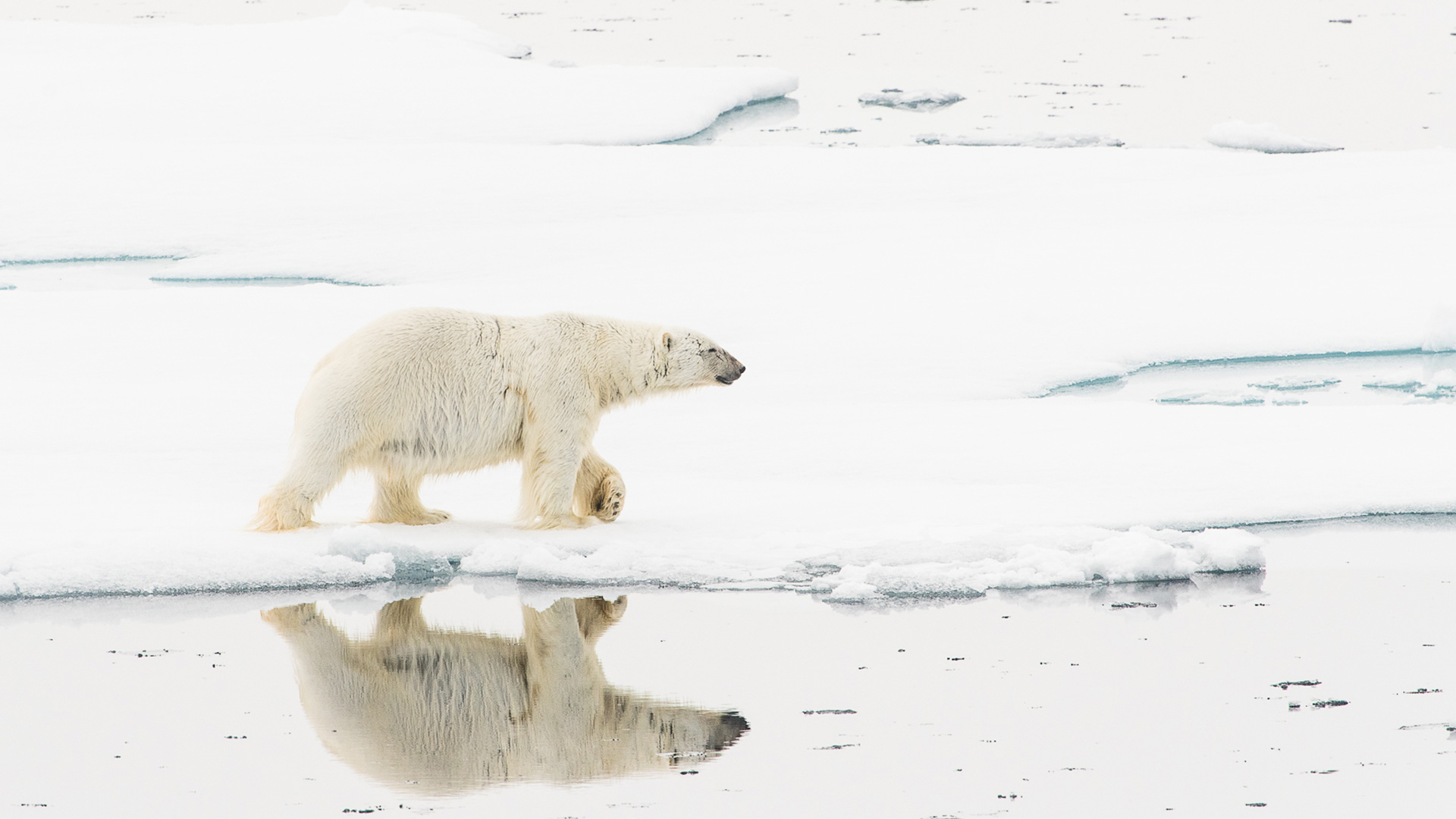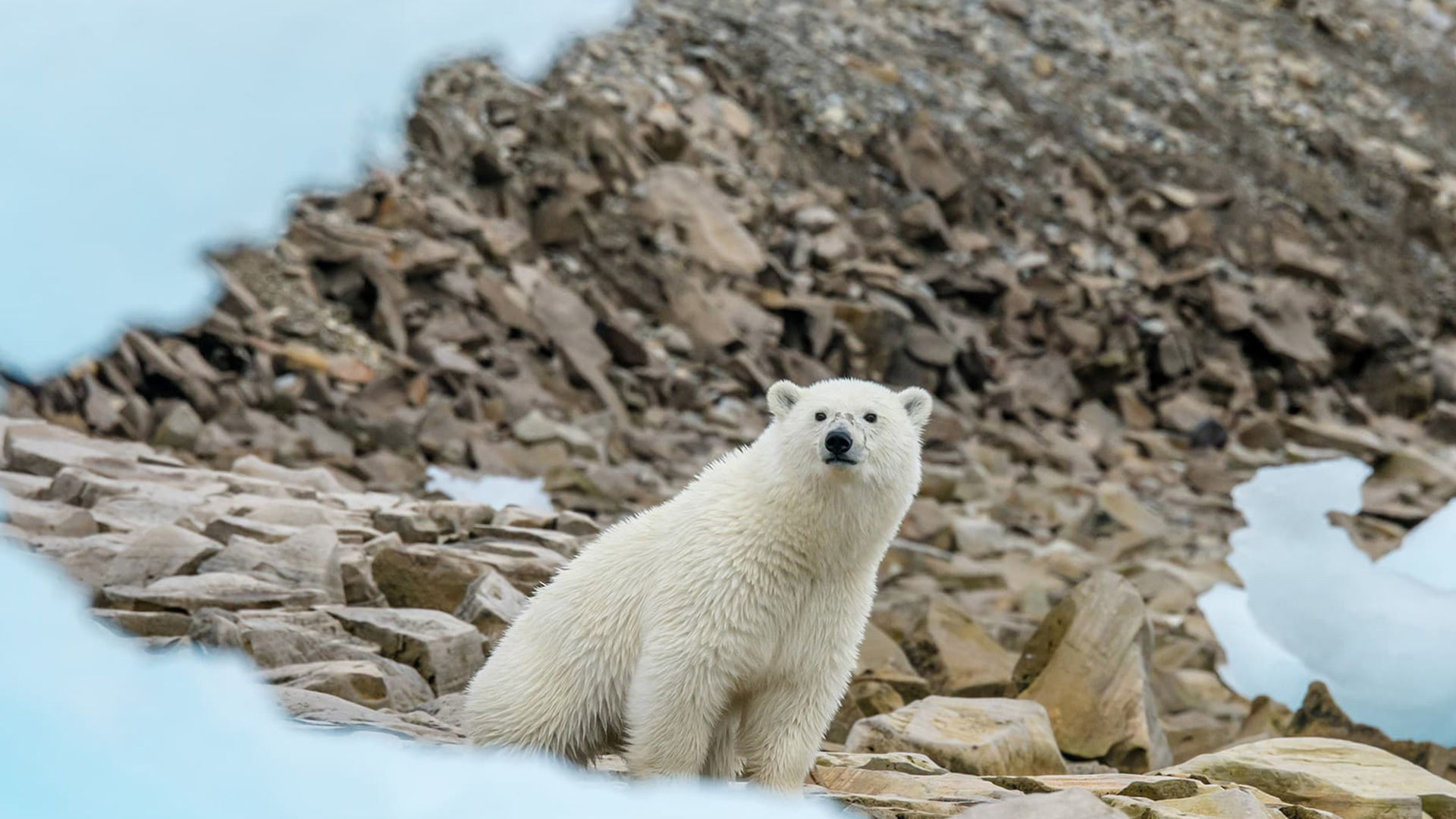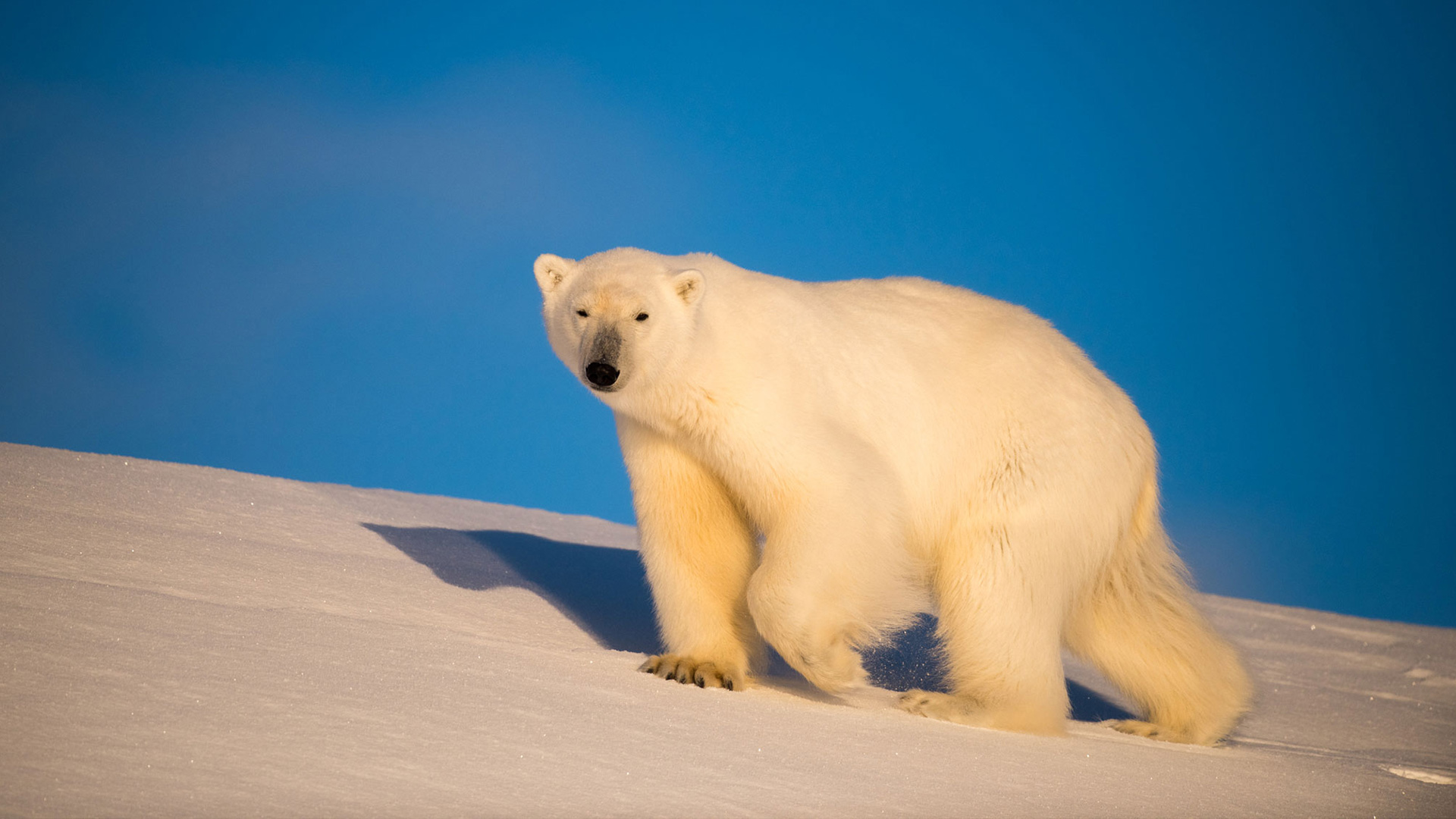In spite of their many similarities, the North and South Poles are worlds apart, not only in the landscapes found there but also in the wildlife that calls the regions home.
It’s easy to contextualize the Arctic and Antarctic as similar regions – remote wildernesses at the ends of the earth, dominated by ice, and long sought after by the most intrepid explorers. In spite of their many similarities, though, these two polar regions are worlds apart, not only in the landscapes found there but also in the wildlife that calls the regions home.
The etymology of the names tells a lot. The Arctic has its origins in the Greek word “Arktos” meaning “of the bear,” referring to both the Northern Hemisphere constellations Ursa Major (big bear) and Ursa Minor (little bear), and to the polar bears that can only be found in these extreme northern latitudes. The Antarctic represents the opposite, “without the bear,” where neither can be seen. The dominant (and most sought-after) wildlife here, instead, are the penguin colonies – groups of chinstrap, gentoo, adelie, king, and even emperor that can number in the hundreds or even thousands.
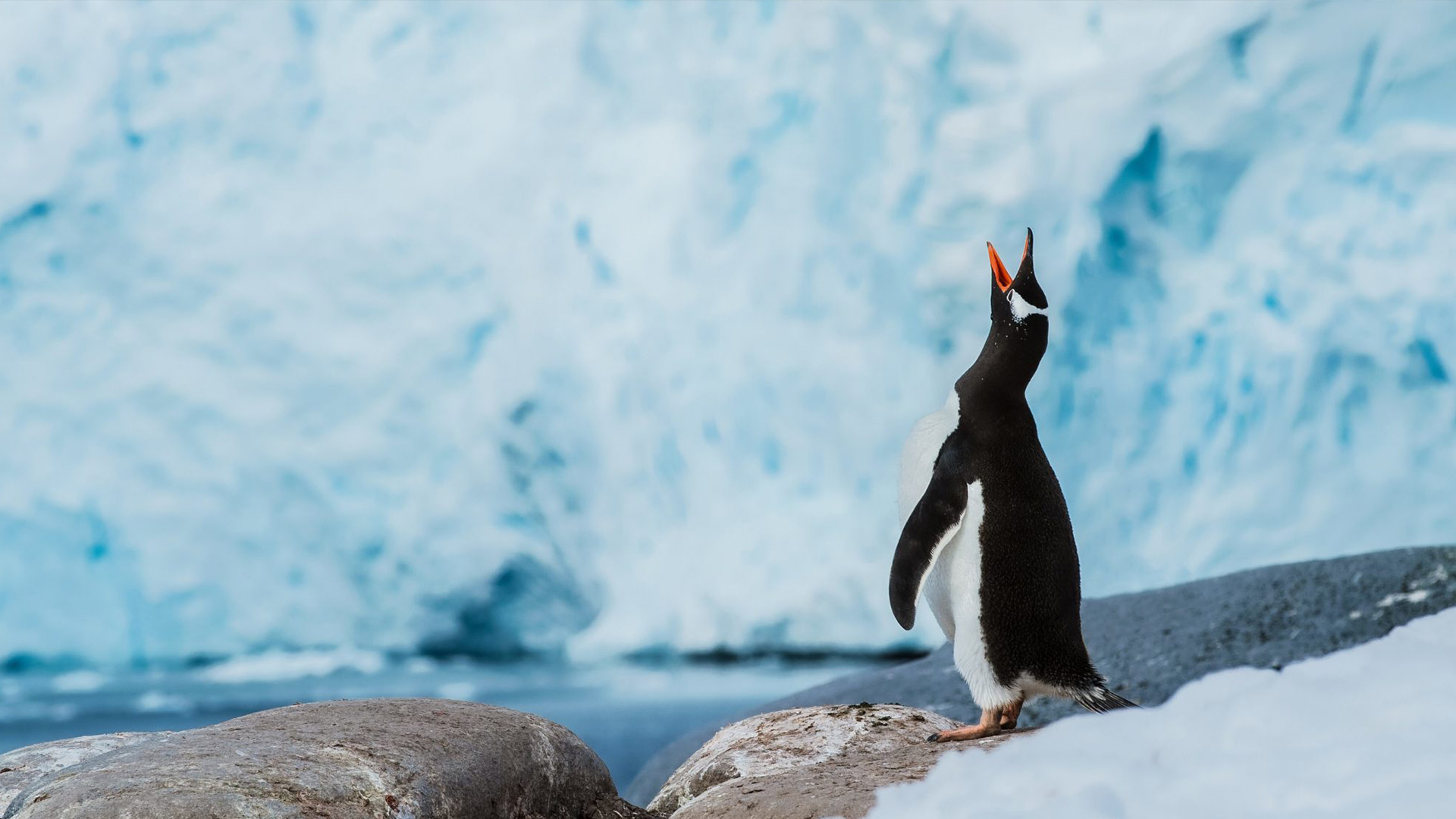
At the heart of the regions’ vast differences is the underlying ecology. The Arctic is an ocean, covered by a thin layer of perennial sea ice and surrounded by land. Antarctica, on the other hand, is a continent, covered by a very thick ice cap and surrounded by seasonally shifting sea ice and the Southern Ocean. Generally speaking, this means that the Arctic is warmer, less extreme, and more suitable for a wider diversity of life.
The ocean, like in coastal communities all around the world, is a regulating force, minimizing extreme temperature swings and moderating the climate. So, compared to the miles-thick ice sheet of the Antarctic, the Arctic is milder and often covered in permafrost rather than ice.
Permafrost is a thick, subsurface layer of frozen soil that allows flora to grow, albeit slowly. While the tundra here is treeless, the land is home to almost 2,000 species of small, hardy shrubs, sedges, grasses, mosses, and liverworts as well as alpine flowering plants and robust lichens. Rivers also flow through the region, helping support even more terrestrial life. Muskox, arctic fox, and reindeer all roam the tundra while polar bears, narwhal, beluga whales, and walruses swim through the frigid waters.
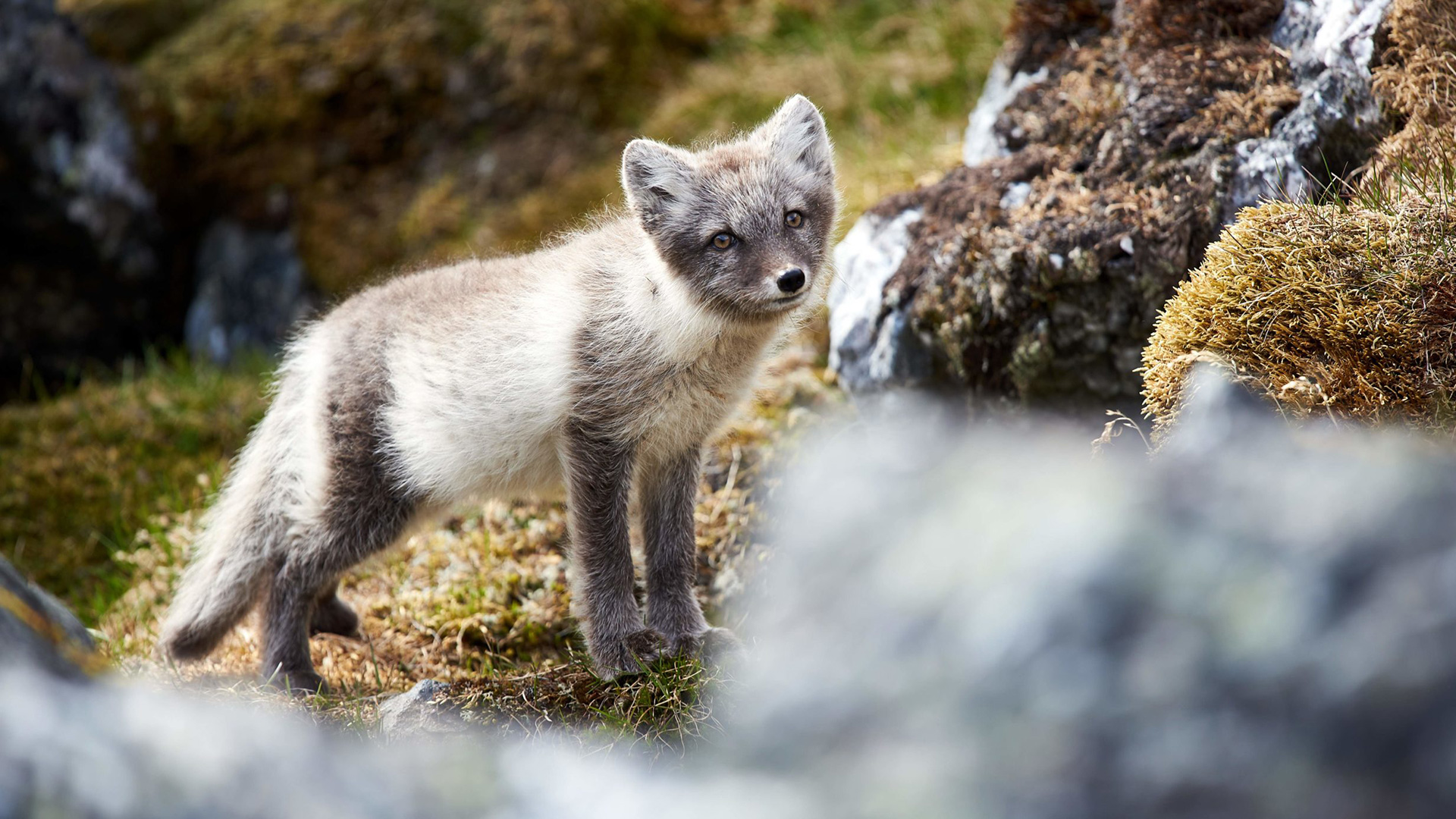
About 98% of the South Pole is covered in ice, making it difficult for life to survive on the majority of the continent. A lack of rivers and vegetation also makes the region fairly inhospitable. Though diversity might be lower than in the Arctic, the abundance of life in the Antarctic is simply astounding.
Along warmer coastlines, densely populated penguin colonies are able to thrive during the Austral summer. Shrimp-like krill are abundant in the Southern Ocean and support some of the largest congregations of marine mammals in the world. Everything from killer whales to humpback whales, minke whales to blue whales abound in the waters of the Southern Ocean. Crabeater seals, the world’s most common seal, and the voracious leopard seal haul out on the icebergs that have calved from the continent’s glaciers.
For all their differences, the North Pole and the South Pole share one thing in common: they will leave you in awe.
